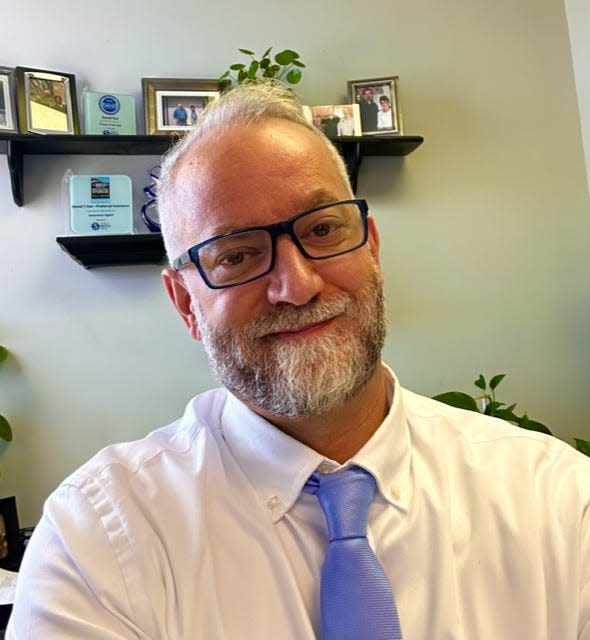The Farr Side: Yearning for when music had artistry
- Oops!Something went wrong.Please try again later.
- Oops!Something went wrong.Please try again later.
- Oops!Something went wrong.Please try again later.
My usual Sunday morning routine involves some time travel back into the '80s with Casey Kasem. I love revisiting the best decade ever for music, especially when it’s “American Top 40: The '80s Edition.”
I can almost account for the very first times I listened to those countdowns back in the day when I hear them replay now. Some of my best memories came from those awesome Sunday mornings hearing my favorites played each week.

This time, AT40 revisited this week in 1983. Oh, and in case you were wondering, that was FORTY years ago. What a great time for music, though. Michael Jackon’s “Thriller” album ruled. Lionel Richie launched a solo career away from the Commodores. Don Henley’s’ first solo work after the Eagles broke up was hitting the radio.
Linda Ronstadt, Donna Summer, Laura Branigan and Olivia Newton-John were all on the charts. And, bands like The Clash, Flock of Seagulls, Missing Persons and Culture Club were considered progressive. Cyndi Lauper and Madonna weren’t household names yet, but everyone knew Diana Ross.
I soaked up this countdown, for some reason. All of these artists were just that — artists! The instruments were real except for the occasional influx of synthesizers. But synthesizers were an additive back then, not the entire production.
One thing I noticed right away was just how big the saxophone used to be. It was an instrument that used to play a much larger role in popular music. Men at Work blew up big at the end of ’82 and the beginning of ’83. They were a band! Their songs featured such instruments like the flute heard in “Down Under” and the sax on “Who Can It Be Now?” Both were No. 1 singles!
Do any current artists on the scene right now even know what a saxophone is? I can safely say the last time I heard a saxophone on the radio for a newer song was Lady Gaga’s “Edge Of Glory.” And I loved it!
Technology can be a good thing, but it can also take away from the human aspect.
There was no way in hell Linda Ronstadt would have ever needed auto-tune to record her songs. She may have recorded them a few times before they pleased her. The same can be said for Olivia, Laura and Donna. The voices were real and not perfect. That might be why the songs were more relatable then. The best example of a real vocal was Bonnie Tyler. She was at No. 1 this week 40 years ago with “Total Eclipse of the Heart.”
The other obvious difference between then and now is that artists and songwriters didn’t have to resort to profane language or deep sexual innuendos to get you to listen.
You were drawn into the songs because they were just that good. Seven of the Top 10 songs this week on Billboards Hot 100 have explicit lyrics. Not a single song on the entire Hot 100 in 1983 had explicit lyrics.
Madonna may have been the first female artist to put out music with provocative lyrics. Today the Material Girl is killing it in Europe with her “Celebration Tour,” which coincidently is celebrating the singer’s 40th anniversary of her self-titled debut album “Madonna.” She had two hits on the Top 40 this week back in ’83 including “Holiday”and “Lucky Star.”
I can only hope, with the Internet being an avenue for artists to get their name and music heard, that it brings back the artistry and real musicianship lacking in manufactured music today.
— David T. Farr is a Journal correspondent. Email him at farrboy@hotmail.com.
This article originally appeared on The Holland Sentinel: The Farr Side: Yearning for when music had artistry
